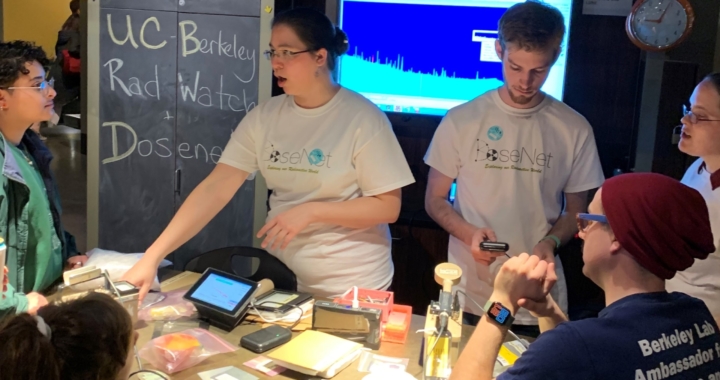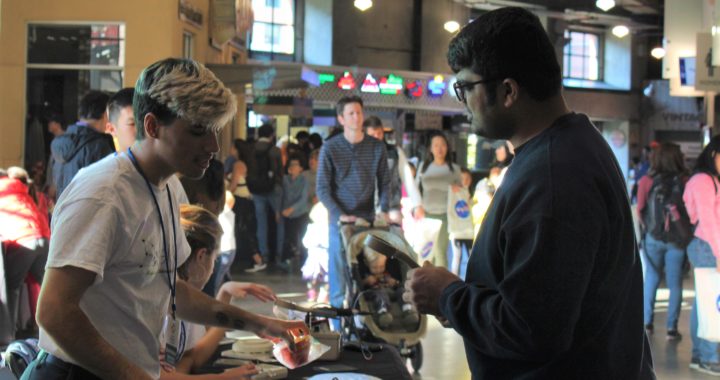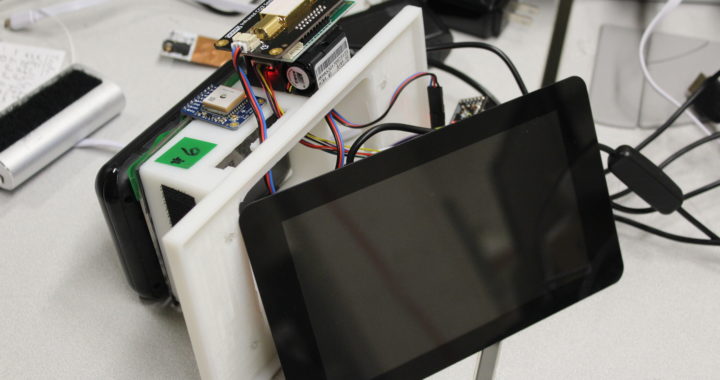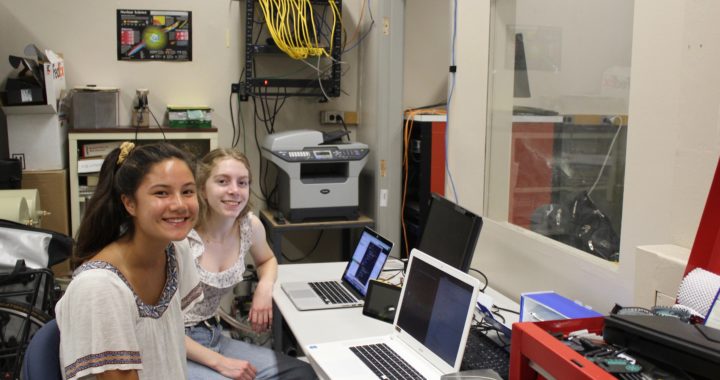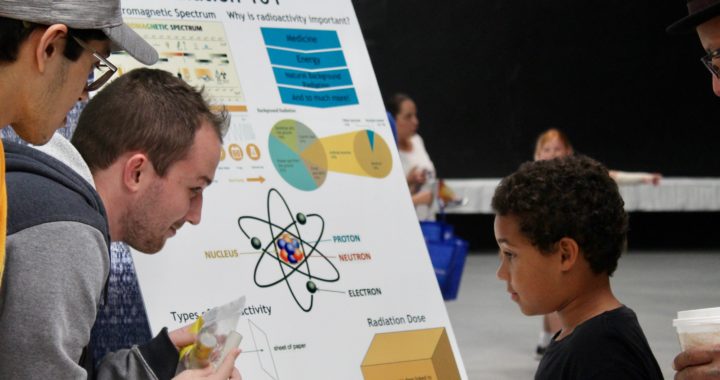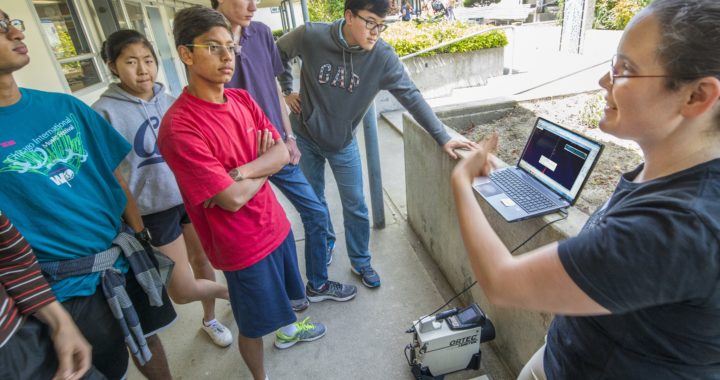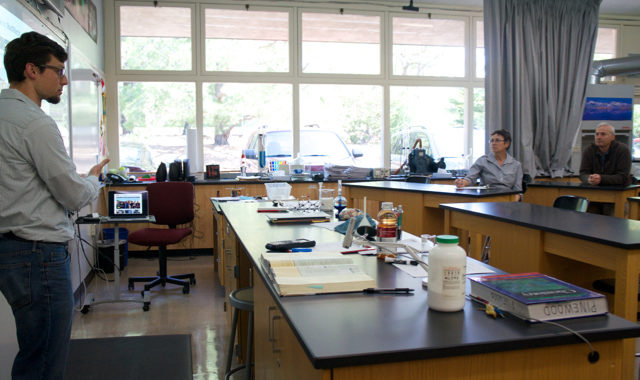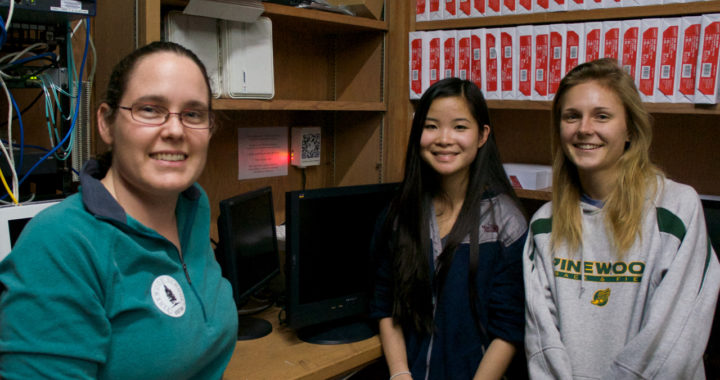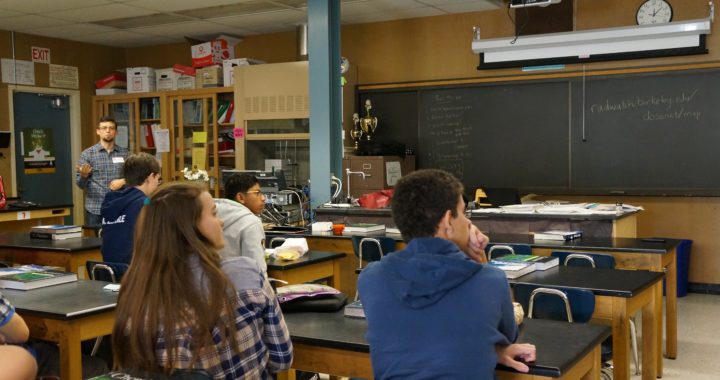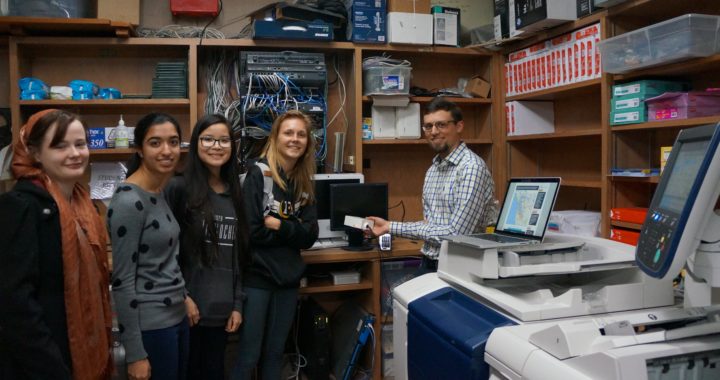RadWatch and DoseNet again had the opportunity to participate in the Exploratorium After Dark focusing on radiation, through our ongoing collaboration with the Exploratorium – you can check out our ongoing data collection from the Exploratorium roof on our DoseNet map. We had a great group of volunteers and had a few hundred visitors come by our table. Thanks to our friends at the Exploratorium for hosting, and all of the interest from participants!
Continue readingTag Archives: education
Day in the Bay at Oracle Park
DoseNet and RadWatch had a great time participating in Discovery Day at Oracle Park as part of the Bay Area Science Day Festival. We had 10 undergraduate and graduate student volunteers from the UC Berkeley College of Engineering, mainly Nuclear Engineering, helping out. We also had help from three high school students from around the bay that have worked with us (or plan to work with us) as part of our summer internship for high school students. Everybody did an amazing job, and it was a great experience. In this post, we hear from one of our volunteers, Daniel Solakian – a dedicated member of the group.
Continue readingMobile DoseNet gets GPS!
Authors: Albert Qiang and Edward Lee
When tracking fluctuations in environmental data, geographical location is an important factor to consider. While the mobile stations have previously lacked this capability, over the course of this project we developed software to incorporate GPS data into the mapping of environmental and radiation sensor data, allowing for real-time tracking of measurements with location. Preliminary tests with the new integrated data were conducted around the UC Berkeley campus. In the future, we hope to be able to port this software to all of our mobile stations and create a robust app that will users a sense of how environmental measurements are affected by geographical location.
DoseNet Summer Internship highlights
For the third year now DoseNet has invited a small (4-6) group of high school students to work under the mentorship of our project leadership as volunteer interns.
Continue readingDoseNet participates in the Bay Area Science Festival
RadWatch and DoseNet participated in the Bay Area Science Festival again this fall. We were part of both the North Bay Science Discovery Day and Discovery Day at AT&T Park.
Continue readingRecent visits to our partner schools to see the “colors” of gamma-rays
We recently visited Pinewood and Camplindo to discuss how radioactive isotopes are identified and explore the sources of background radiation present in a range of common materials around the school.
Continue readingVisiting with Teachers
We recently visited Pinewood School and Campolindo High School to talk to teachers about DoseNet and ways to use our data in their classes.
Continue readingDoseNet sensor upgrades improve data reliability
Successful visits to Pinewood School and Campolindo High School to restore data-taking with our devices. We were also able to update our devices and improve mechanical stability with the help of several students. Special thanks to Mrs. Abraham at Pinewood and Ms. Eaton at Campolindo for helping us arrange our visits!
Continue readingCampolindo High School joins DoseNet
We had a great visit! This was the first installation of a DoseNet device outside Berkeley. It was great getting the opportunity to talk to interested students, recruited by Ms. Eaton, about the project. We look forward to our next visit to meet with all the science teachers!
Continue readingPinewood School joins DoseNet
The DoseNet network has added a new school! We had a great day visiting the students in Mrs. Abraham’s AP Chemistry class and meeting several after to discuss ways they can get involved!
Continue reading
